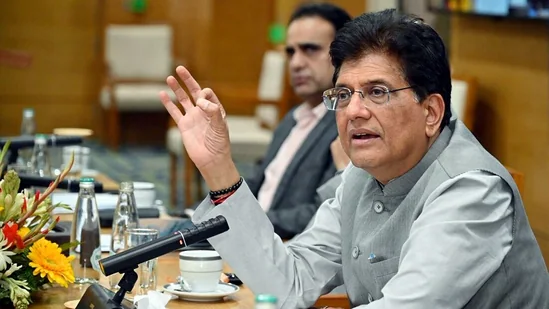India’s Semiconductor Revolution Gains Momentum with ₹4,600 Crore Cabinet Approval
- MGMMTeam

- Aug 13
- 3 min read
In a landmark move that underscores India’s ambition to emerge as a global semiconductor hub, the Union Cabinet, chaired by Prime Minister Narendra Modi, has approved four new semiconductor manufacturing projects worth approximately ₹4,600 crore under the India Semiconductor Mission (ISM). This announcement signals not only a significant leap forward for the country’s electronics manufacturing sector but also a strategic step towards reducing dependency on imported chips, a challenge that has become increasingly urgent in the wake of global supply chain disruptions.

Odisha Emerges as a Semiconductor Powerhouse
Odisha’s Info Valley in Bhubaneswar will witness the establishment of two cutting-edge facilities. SiCSem Private Limited is set to build India’s first commercial compound semiconductor fabrication plant with the capacity to produce 60,000 wafers annually and package 96 million units. The chips produced here will cater to sectors such as electric vehicles, railways, data centers, solar energy systems, consumer electronics, and even missile technology, thus ensuring India has indigenous solutions for multiple critical industries.
Alongside this, 3D Glass Solutions Inc. will set up a state-of-the-art embedded glass substrate and semiconductor packaging facility. With the ability to produce nearly 70,000 glass panel substrates, 50 million assembled units, and over 13,000 3D Heterogeneous Integration modules each year, the facility will supply high-performance computing, AI, defence electronics, RF systems, and photonics — areas that are central to future technological advancements.
Andhra Pradesh’s High-Tech Manufacturing Boost
In Andhra Pradesh, Advanced System in Package (ASIP) Technologies, in collaboration with South Korea’s APACT Co. Ltd., will construct a semiconductor packaging and manufacturing unit with an annual capacity of 96 million units. The output will support consumer electronics, mobile devices, set-top boxes, and automotive electronics, further diversifying India’s semiconductor manufacturing capabilities and reducing the need for imports in these high-demand areas.
Punjab’s Mohali Expands Semiconductor Footprint
Punjab’s technology city of Mohali will also see a major boost with the expansion of Continental Device India Ltd. (CDIL). The company plans to ramp up production to 158.38 million discrete semiconductor devices annually, including MOSFETs, IGBTs, Schottky diodes, and transistors. These components will serve sectors like renewable energy, electric mobility, industrial automation, and communications, enhancing India’s strategic advantage in the green and digital economies.
Impact on the National Semiconductor Mission
With these approvals, the India Semiconductor Mission now comprises ten projects spread across six states, amounting to a combined investment of ₹1.6 lakh crore. Union Minister Ashwini Vaishnaw highlighted that these initiatives will create over 2,000 direct skilled jobs while also fostering an advanced talent pipeline for the future. The projects are expected to position India not just as a participant, but as a major player in the global semiconductor supply chain.
Global Collaboration and Strategic Significance
These developments come at a time when global companies such as Intel and Lockheed Martin have expressed keen interest in India’s semiconductor sector, signalling strong international confidence in the country’s capabilities. Industry experts and political leaders have hailed the move as a “game-changer” for India’s self-reliance ambitions. Meanwhile, calls for modernization of the Semi-Conductor Laboratory (SCL) in Mohali continue, with policymakers stressing that upgrading the existing research facility will further strengthen the nation’s technological base.
Beyond Chips: A Broader Infrastructure Vision
The Cabinet meeting that approved these semiconductor projects also cleared other significant infrastructure developments, including a 700 MW hydroelectric project in Arunachal Pradesh and the expansion of the Lucknow Metro. Together, these projects represent a total investment of ₹18,500 crore, highlighting the government’s integrated approach to high-tech industry growth and national infrastructure development.
Conclusion
The ₹4,600 crore semiconductor investment approved today marks a defining moment in India’s industrial and technological journey. By establishing state-of-the-art fabrication, packaging, and discrete device manufacturing facilities across Odisha, Andhra Pradesh, and Punjab, India is taking decisive steps toward a resilient, self-reliant semiconductor ecosystem. When combined with global partnerships, prior investments like the HCL-Foxconn OSAT project in Uttar Pradesh, and the Tata-led facility in Assam, these initiatives put India firmly on the path to becoming a competitive and strategic manufacturing hub in the global chip industry.
(Sources: Firstpost, Times of India, PIB)




Comments